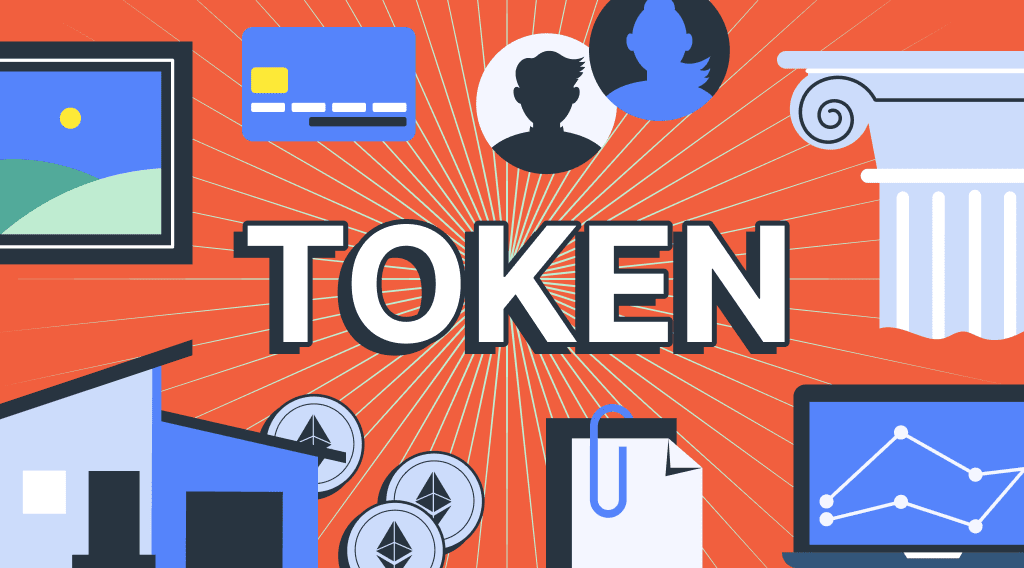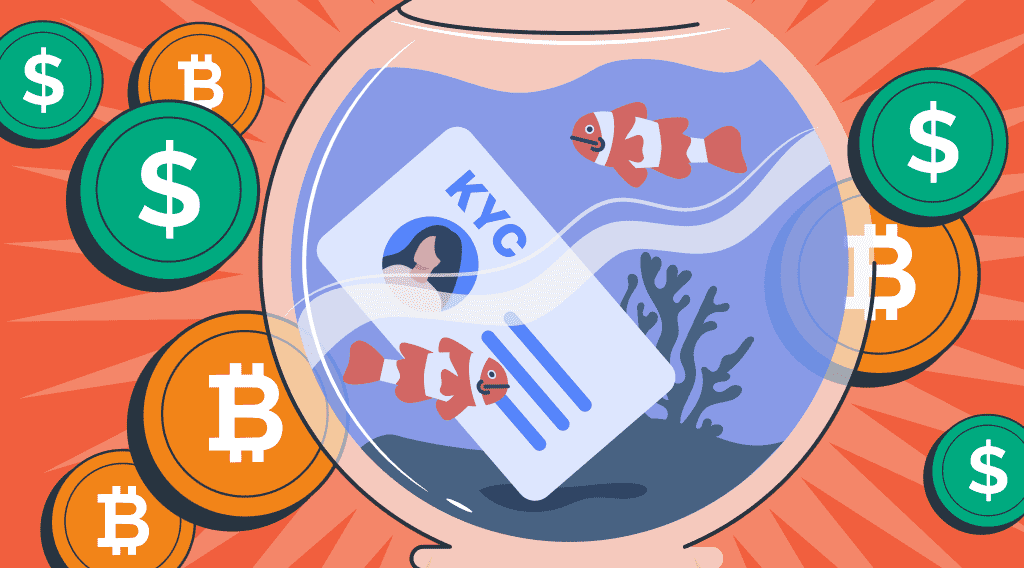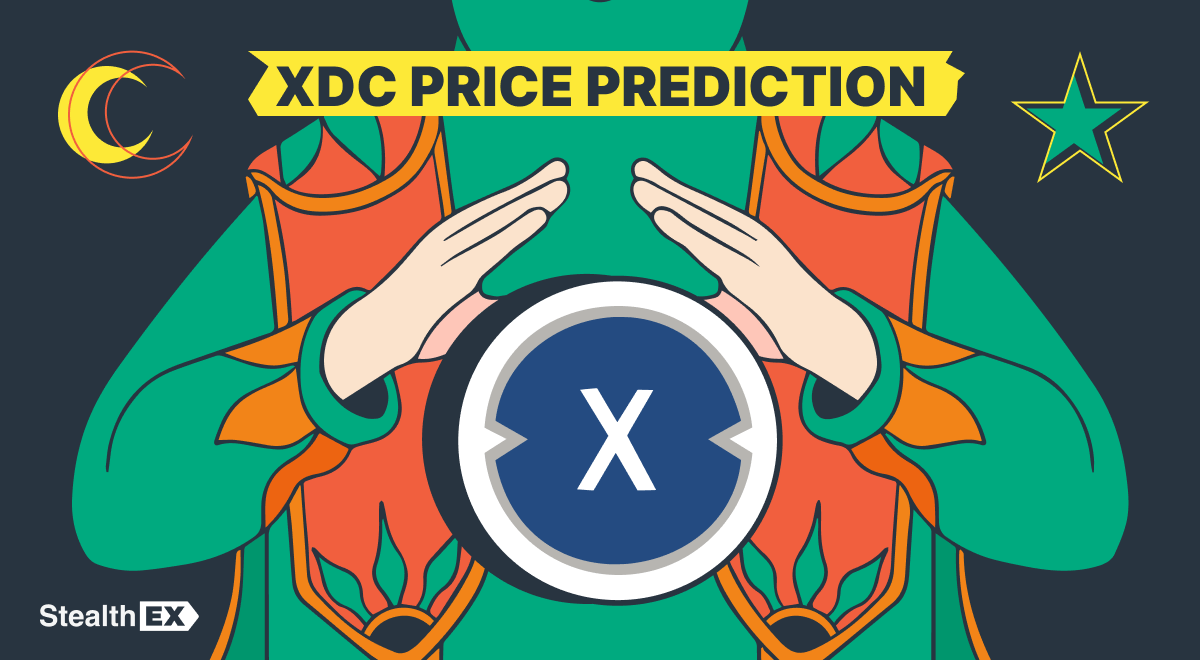Data Tokenization: Reducing Threats to Data Privacy

Nowadays, for many companies data becomes a critical asset. At a time when big data and AI are booming, ensuring that personal details remain safe is essential. Data security is also one of the biggest concerns in the world of crypto. Data leaks and breaches, attacks, and malware software threaten even such huge crypto hubs as BitHumb or KuCoin. Read more about data tokenization in the new StealthEX article.

Just recently, Binance lost a considerable amount of assets because of a hacker attack. Hackers exploited a vulnerability in BSC Token Hub, a bridge that facilitates the transfer of assets between two Binance blockchains — BNB Beacon Chain and BNB Smart Chain. The exploit in BSC Token Hub allowed hackers to mint 2 million Binance digital tokens worth approximately $570 million, however, they were only able to withdraw $118 million.
It’s evident that secure data storage is crucial. This is where data tokenization comes in. To tackle threats to data privacy, organizations are increasingly relying on it. Data tokenization means swapping out sensitive data with a randomly generated data string called a token.
Article contents
What Is Tokenization of Data?
In a nutshell, tokenization is the process of turning a meaningful piece of data, such as an account number or a social security number, into a random string of characters called a token that has no meaningful value if breached. Importantly, tokens don’t have any inherent meaning, nor can they be reverse-engineered to reveal the original data they represent. Only the system that created the token can be used to obtain the original data it represents through a process known as de-tokenization.
Tokenization is a way of protecting data, and tokens can be seen as surrogates. A customer’s 16-digit credit card number might be tokenized and replaced with a random string of numbers, letters, or symbols. This tokenization process would make it impossible for a potential attacker to exploit the customer’s credit card number, thus making any online payments much more secure.
Data tokenization helps organizations strike the right balance between realizing the full value of their data while still keeping it secure. In highly regulated industries, such as healthcare and financial services, it’s an effective way of deriving much-needed information without increasing the surface area for risk.
Tokenization vs Encryption
Encryption is the process of using an algorithm to transform plain text information into a non-readable form called ciphertext. An algorithm and an encryption key are required to decrypt the information and return it to its original plain text format. Today, SSL encryption is commonly used to protect information as it’s transmitted on the Internet. Using built-in encryption capabilities of operating systems or third-party encryption tools, millions of people encrypt data on their computers to protect against the accidental loss of sensitive data in the event their computer is stolen. And encryption can be used to thwart government surveillance and theft of sensitive corporate data.
Unlike encryption, tokenization does not use a mathematical process to transform the sensitive information into the token. There is no key or algorithm, that can be used to derive the original data for a token. Instead, tokenization uses a database, called a token vault, which stores the relationship between the sensitive value and the token. The real data in the vault is then secured, often via encryption.
Tokenization: Use Cases
Increasingly, tokens are being used to secure other types of sensitive or personally identifiable information, including social security numbers, telephone numbers, e-mail addresses, account numbers, and so on. The backend systems of many organizations rely on social security numbers, passport numbers, and driver’s license numbers as unique identifiers. Since this unique identifier is woven into these systems, it’s very difficult to remove them. And these identifiers are also used to access information for billing, order status, and customer service. Tokenization is now being used to protect this data to maintain the functionality of backend systems without exposing personal information to attackers.
Non-fungible tokens or NFTs are one of the popular examples of the application of tokenization on the basis of blockchain. NFTs are suitable for tokenization of assets that cannot be divided into smaller units or exchanged with a similar item.
Another wide area where tokenization can be applied is real estate. The applications of tokenization in real estate focus on creating fractional ownership for a specific asset by leveraging blockchain-based tokens. Tokenized real estate could involve the digitization of financial instruments, securities, and digital assets. Within tokenization for blockchain digital assets can be programmed to include transaction history and ownership rights. In addition, the tokens also include rules for ensuring compliance of the asset issuing, distribution, and transfer processes to regulations. For example, tokenization in real estate can focus on including controls for ensuring the transfer of tokens to specific counterparties only.
Token Standards
When developing a decentralized application, developers should follow a certain token standard. Here are some of the commonly accepted token variations:
- ERC-20 token standard is probably the most common token variation and certainly the most popular one. The general token standard offers the basic functionality for token transfer alongside supporting approval of tokens for expenses by other on-chain third parties.
- ERC-721 standard has become one of the top trends in the crypto world, especially since the NFT industry started to grow. The ERC-721 token standard, also known as the non-fungible token standard, provides functionalities for tracking unique assets. All ERC-721 based crypto tokens have individual ownership alongside atomic tracking.
- ERC-777 token standard helps in defining advanced features for interaction with tokens while ensuring backward compatibility with ERC-20 standards.
- ERC-1155 token standard or the Multi Token Standard can also be found in different fields. This standard facilitates prospects for managing any collection of fungible and non-fungible assets in one contract. For example, the standard enables simultaneous transfer of multiple token variants.
Token Models
The categories that the tokens can be divided are many, however, the vast majority can be split into three major groups:
- Payment tokens.
- Utility tokens.
- Security tokens.
Token Model No 1: Payment Tokens
Payment tokens are used as an alternative means of payment and exchange. Payment tokens are essentially a surrogate value that replaces the primary account number in the payment ecosystem. They are designed to provide transparency to payment ecosystem stakeholders when being accepted and processed. Payment tokens like Bitcoin are not considered legal tender and not backed by a government.
This type of token derives its value from the amount of people that want to use it and the number of merchants who accept it. Because these tokens are meant to be spent on real-world items, they’re clearly not investment vehicles. However, they do have greater scarcity than fiat currencies and they behave as a good store of value.
Payment tokens include such assets as Litecoin, Dash, and Bitcoin Cash. These tokens all have the simple goal of allowing you to pay for things in the real world using digital currency. Monero, Verge, and ZCash are also payment tokens that have an additional privacy layer that makes them untraceable.
Token Model No 2: Utility Tokens
Utility tokens grant holders access to a current or prospective product or service but do not grant holders rights that are the same as those granted by specified investments. This type of token can be compared to credits at an arcade. Just like with the arcades, you will need the credits in order to play the games at an amusement park. In the same way, utility tokens power a platform, and you can use the tokens to get value from the platform.
The vast majority of platforms have introduced utility tokens for their services. Companies in their countless ICOs declared their tokens utility tokens hoping that the regulators won’t see their assets as an investment option.
Basic Attention Token (BAT) and Golem (GNT) can be found among utility tokens. BAT is used as a means of payment for content creators and publishers. The company behind BAT launched this token in order to create a platform blockchain that helps content authors of all kinds, to find income in a more equitable way. Users can be rewarded with a reduction in advertising on the pages that host this content.
Token Model No 3: Security Tokens
Security tokens provide rights and obligations similar to securities or investment like share or debt instruments. In the wake of regulatory scrutiny over utility tokens, many ICOs have decided to openly declare that they are raising money by offering a tradable security.
A key benefit of security tokens is they provide liquidity to the underlying asset. They’re cryptographic tokens that pay some sort of dividend, interest, or other payment to the token holders, so they are highly liquid compared to more traditional assets such as stocks or bonds. Whether a token can be called a security token or not depends on its intention and the structure of the offering, and how they line up with regulations about what constitutes a security.
Other token categories include non-fungible tokens (NFTs), governance tokens, reward tokens, work tokens, etc. Each token type not only has a unique capability, but tells us something more broadly about where the crypto industry is going, and what users expect from it.
Conclusion
The crypto space is constantly changing. New token types emerge, and some of them overlap. In fact, we need all these different token types (and possibly more) in the future economy. There’s a lot of excitement in completely new innovative products, especially where non-fungible tokens meet security tokens. Perhaps, tokenization will help tokens to become an indispensable asset in the developing digital finance field.
If you’re looking for a place to buy crypto, you can do it privately and without the need to sign up via StealthEX. Our crypto collection has more than 1400 different coins and you can do wallet-to-wallet transfers instantly and problem-free.
Just go to StealthEX and follow these easy steps:
- Choose the pair and the amount you want to exchange. For instance, ETH to XVG.
- Press the “Start exchange” button.
- Provide the recipient address to transfer your crypto to.
- Process the transaction.
- Receive your crypto coins.
Follow us on Medium, Twitter, Telegram, YouTube, and Reddit to stay updated about the latest news on StealthEX.io and the rest of the crypto world.
Don’t forget to do your own research before buying any crypto. The views and opinions expressed in this article are solely those of the author.
crypto world Token Token VS Coin tokenization VergeRecent Articles on Cryptocurrency
 No KYC for Buying Cryptocurrency on StealthEX
No KYC for Buying Cryptocurrency on StealthEX  XDC Price Prediction: Will XDC Crypto Reach $10?
XDC Price Prediction: Will XDC Crypto Reach $10? 
